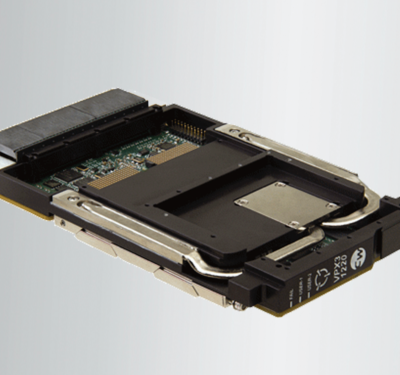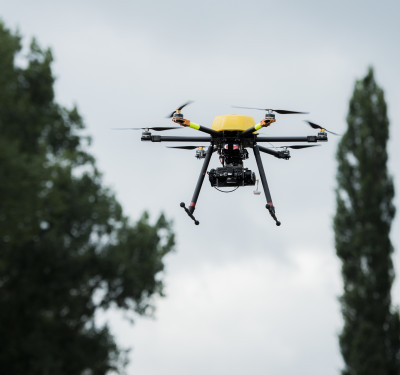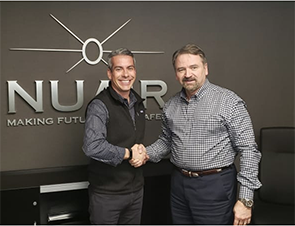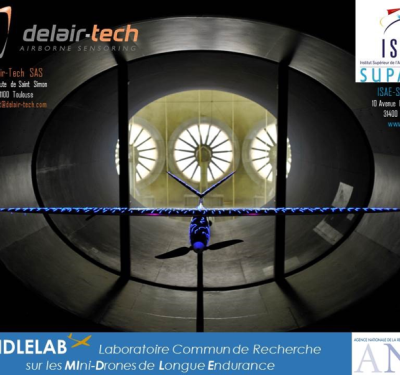Advancements in robotics, AI and autonomous systems continue to transform warfare. In response, the U.S. Army has embraced the concept of human-machine teaming and the development of “fighting formations” that integrate robots and drones. Why? Because robots don’t bleed. They can provide capabilities to enhance situational awareness, protect assets, reduce the physical and cognitive load on soldiers and increase operational tempo, all from a standoff distance that reduces risk to soldiers.
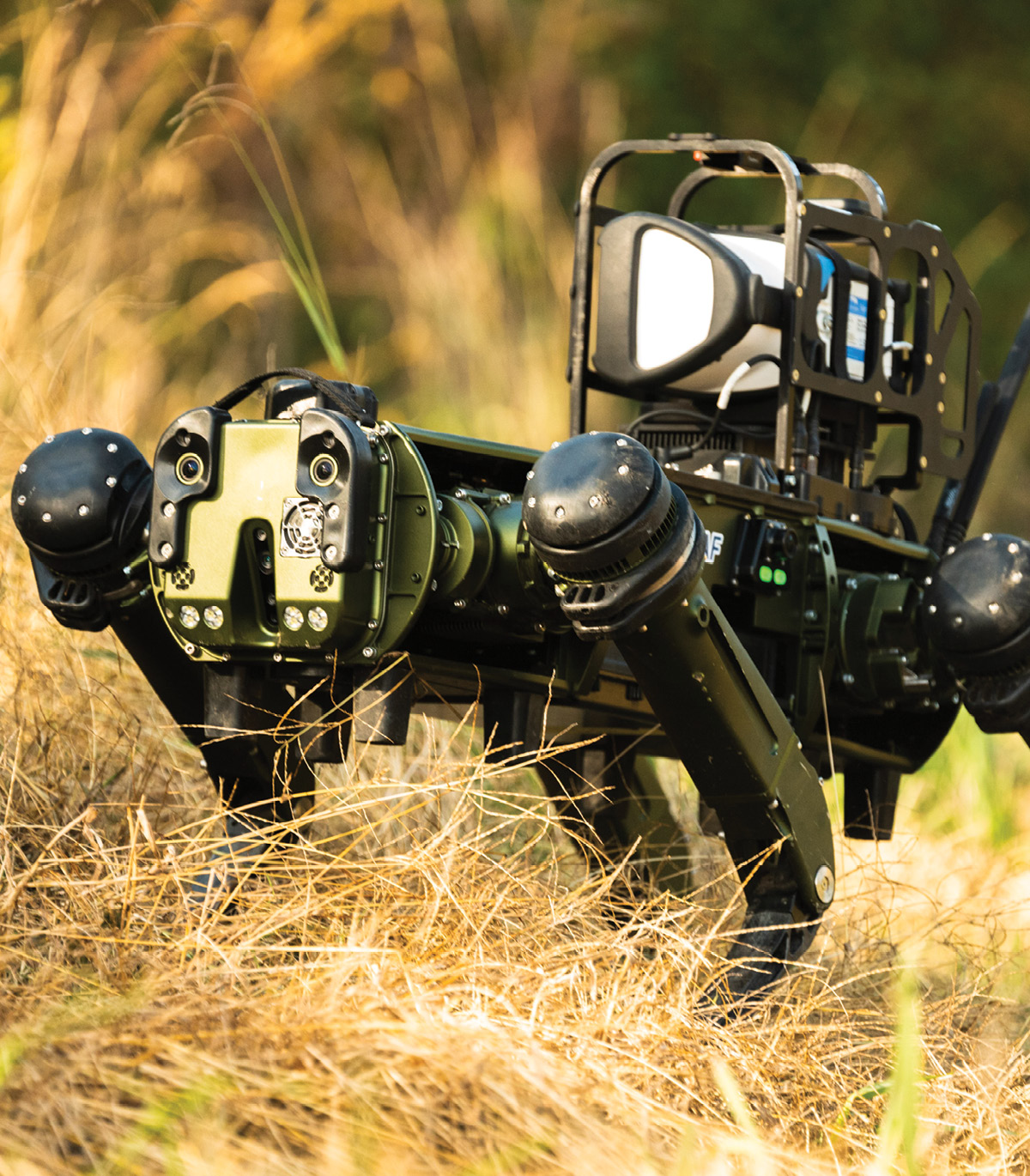
MULTI-DOMAIN, AI-DRIVEN HUMAN-MACHINE OPERATIONS
The Army envisions a future of ubiquitous unmanned systems (UxS) and robotic autonomous systems (RAS) operating across land, sea, air, space and cyberspace. These systems will play a crucial role in multi-domain operations (MDO).
The integration of unmanned surface vessels and ground vehicles, and the human-machine integration (HMI) required to project power, underpins the Army’s strategy and related modernization focus.
Earlier this year, as part of these ongoing efforts, the Army held a series of joint and multinational live-fire exercises to test and refine HMI concepts, the Project Convergence Capstone 4 (PC-C4). These exercises aimed to offset risks to create a seamless interface between human operators and machines to prove robots can perform tasks autonomously while remaining under human oversight while using various counter-unmanned aerial systems (C-UAS) and other robotic technologies to protect soldiers from similar adversary systems.
PC-C4 brought together more than 4,000 service members and civilians from Australia, Canada, France, Japan, New Zealand, the United Kingdom as well as the U.S. It showcased soldiers engaging targets using remote weapon stations and other advanced systems, operating quadrupeds and other robotic vehicles for reconnaissance as well as demonstrations of C-UAS to neutralize aerial threats.
One of the notable demos at PC-C4 illustrated how HMI can enhance the Army’s ability to detect, track and engage enemy UAS by leveraging advanced sensors and AI-driven targeting systems. Assume a lot of these C-UAS systems will be put on robots and AI will be increasingly deployed in unmanned systems to enhance their capabilities. AI-driven systems can process vast amounts of data in real-time. This can provide commanders with actionable intelligence and enable faster decision-making.
The Army is reportedly seeking to establish authority for a certain level of autonomy to allow these systems to automatically engage within a commander-defined zone under specific conditions, for enhanced operational effectiveness and safety. While the use of AI and autonomous weapons may also raise concerns about collateral damage and ethics, a source indicated the Army remains committed to ensuring AI systems are designed with safeguards to prevent unintended consequences and maintain human control over lethal decisions.
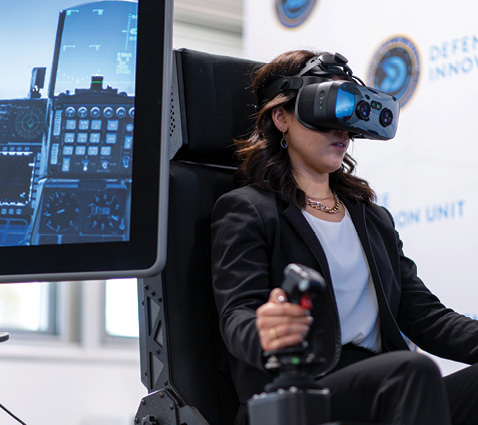
UNIFIED APPROACH TO ROBOTICS-ENABLED MANEUVER
The Army continues to evolve its concept of “fighting formations” to include the integration of UxS into traditional military units. This approach will expand the battlefield geography in such a way that adversaries would make initial contact with Army robots and drones.
This strategy, encapsulated in the mantra “no blood for first contacts,” will deploy forward lines of both aerial and ground-based robots as the first line of a layered defense. The goal: to detect and neutralize threats before they reach the forward line of troops (FLOTT). This approach can be characterized as “continuous transformation in contact” and explained in three phases:
• Immediate Integration: incorporate existing UxS and C-UAS into current forces to address immediate operational needs.
• Deliberate Transformation: build the “Army of 2030” with advanced robotic and autonomous systems that enhance combat capabilities.
• Concept-Driven Transformation: envision the Army of 2040, where robots are pervasive across all domains, performing a wide range of tasks from logistics to direct combat.
To achieve these effective integration goals, the Army plans to think big, start small and go fast to learn better.
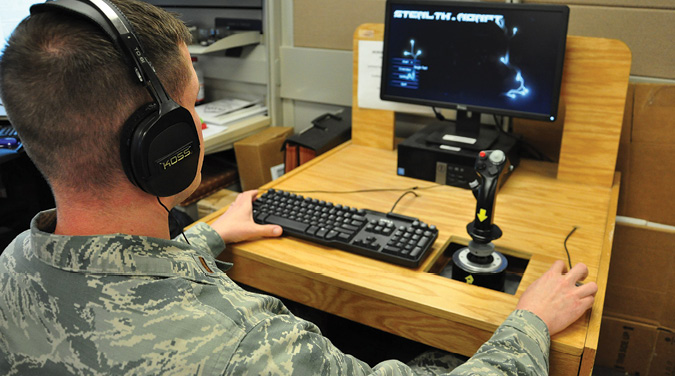
ROBOTICS GOVERNANCE, COMMON INTERFACES AND NEW TACTICS
The Army continues to develop common interfaces, application programming interfaces (APIs) and integrated control frameworks to ensure interoperability between different systems. This standardization will facilitate the rapid deployment and integration of new technologies of the future and enable quick adaptation to ever-emerging threats.
But modular open systems architecture (MOSA) for tech is not enough. The control of the electromagnetic spectrum will be vital for the effective operation of UxS as everyone anticipates that future conflicts will involve swarms of drones and other autonomous systems. Defense in depth, including low-altitude stalk and strike munitions, will be essential to counter these threats and protect friendly forces.
The Army continues to actively test all of these concepts and technologies through experimental units and exercises. In addition to hosting events like PC-C4, the Army integrated robots into platoon formations at its Maneuver Center of Excellence and the National Training Center to demonstrate their potential to enhance combat effectiveness. These experimental units will provide valuable insights into the practical challenges and benefits of human-machine teaming to help inform future development and deployment strategies.
The Army also leverages the Rapid Capabilities and Critical Technologies Office (RCCTO) to accelerate its force modernization to integrate specific capabilities and requirements into the force. This approach emphasizes the need to iterate these capabilities into the larger force structure and to consider C-UAS as integrated systems to prevent fratricide.
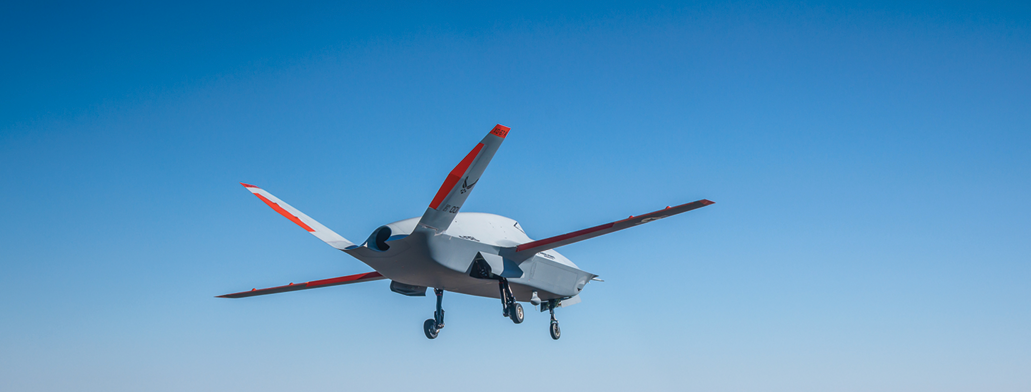
BITS AND BOTS OVER BLOOD
As the Army moves forward, the successful integration of human and machine capabilities, specifically UxS, RAS and C-UAS technologies, will be crucial to maintain a competitive edge and ensure the safety and effectiveness of its soldiers on the battlefield. Its vision for the future of warfare centers on prioritizing the deployment of this tech both alone on the front lines and side-by-side with human troops. This will create a more agile, lethal and resilient force, while reducing the risk to soldiers. Expect the Army to continue its focus on innovation, a commitment to ethical considerations, rigorous testing and deployment of those bits and bots…to strengthen and preserve the force.


